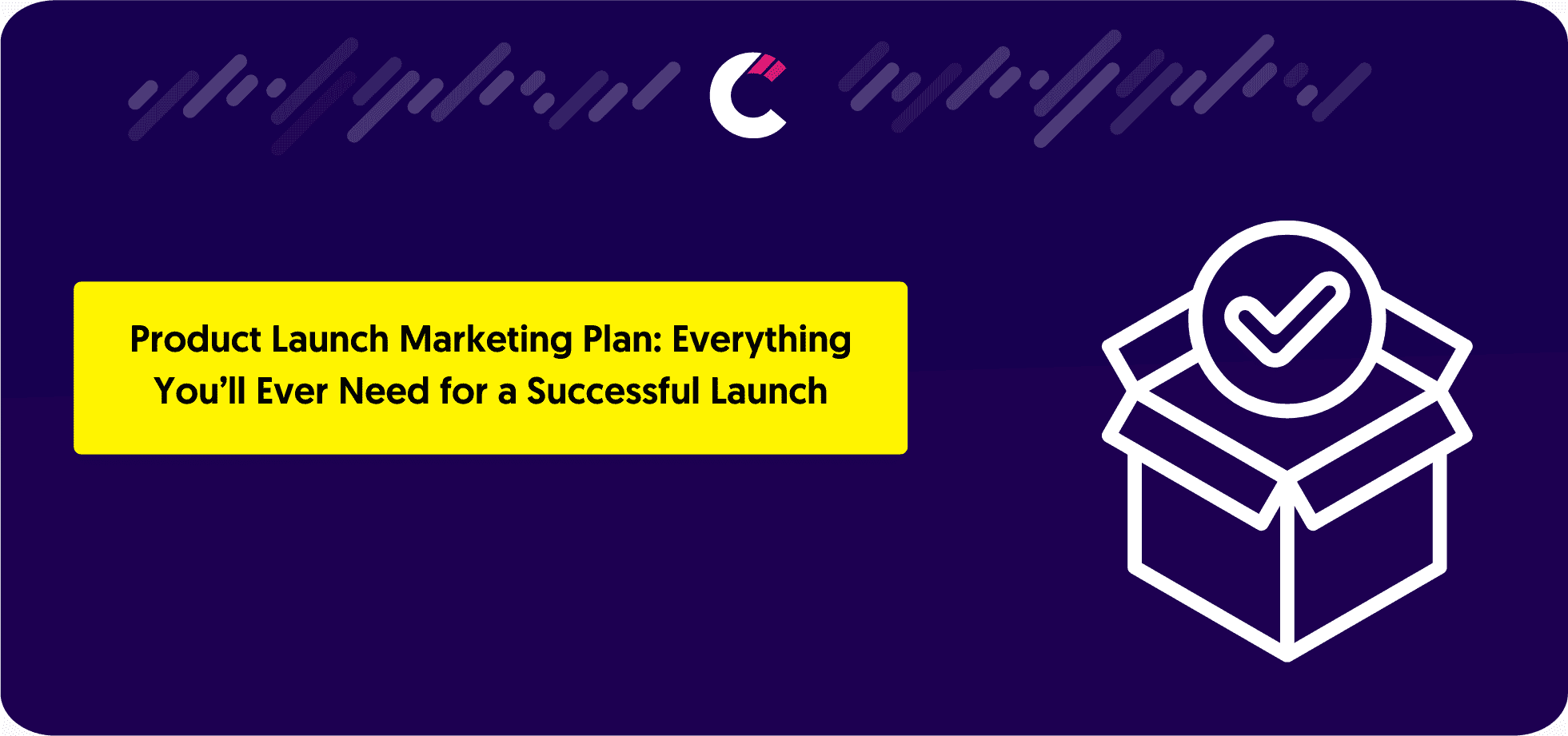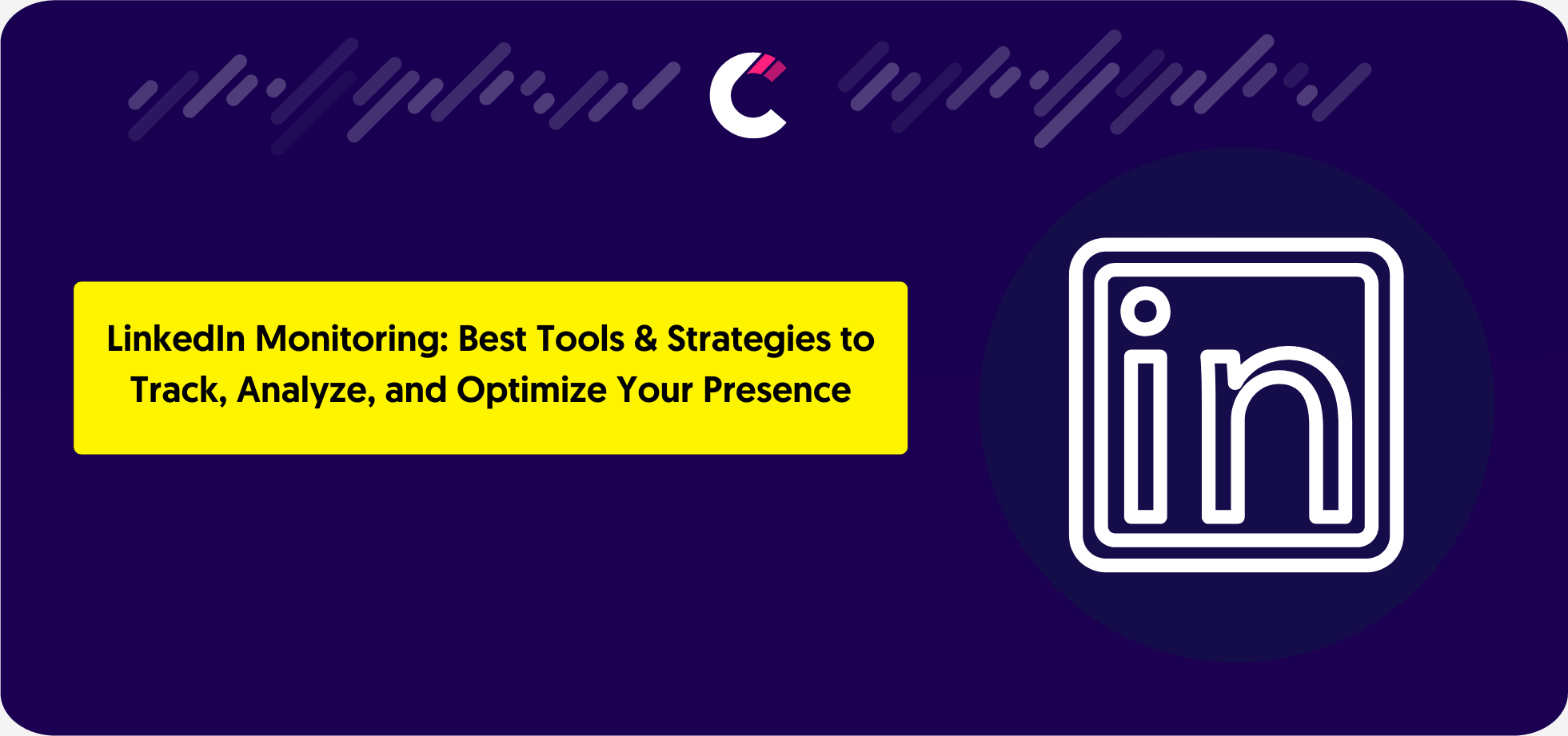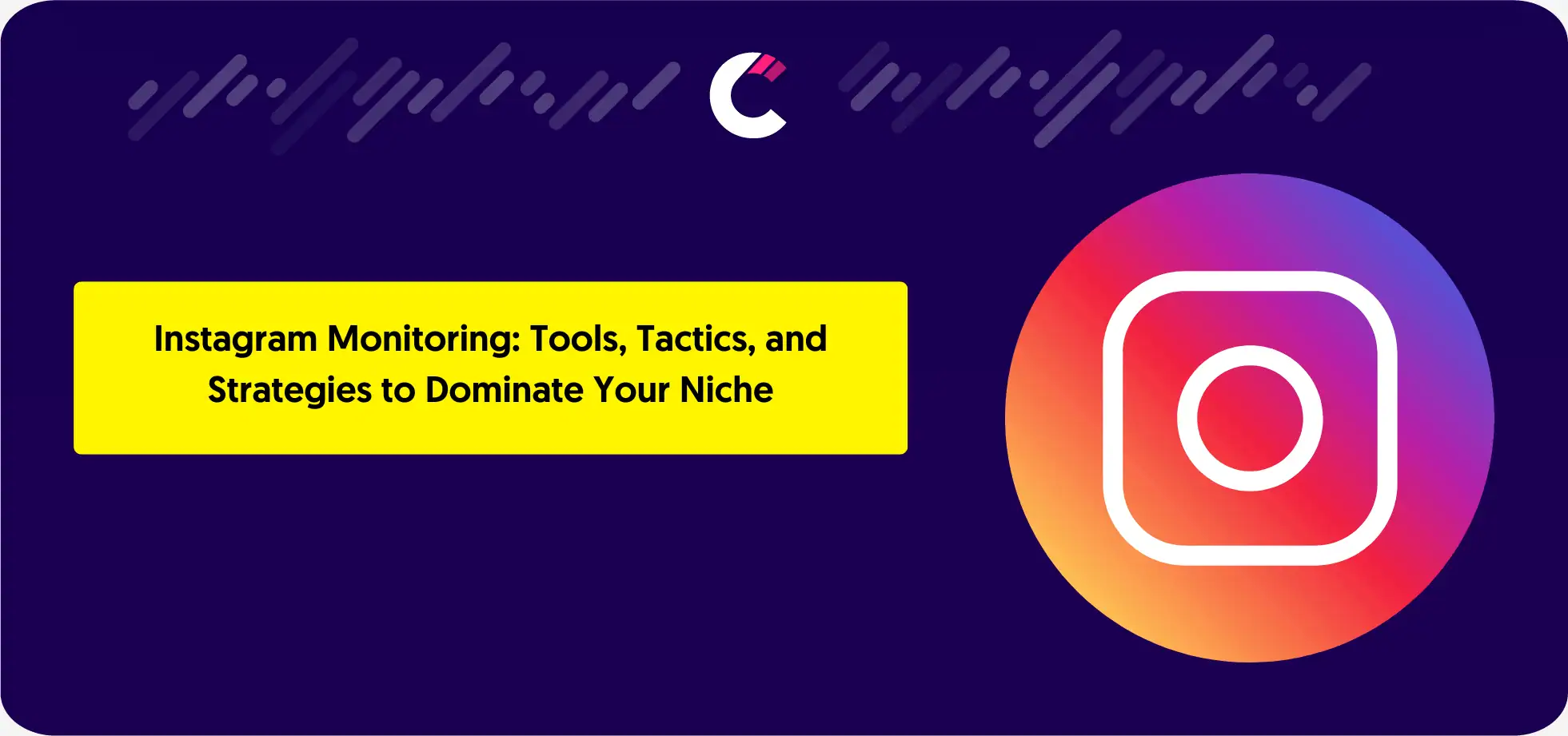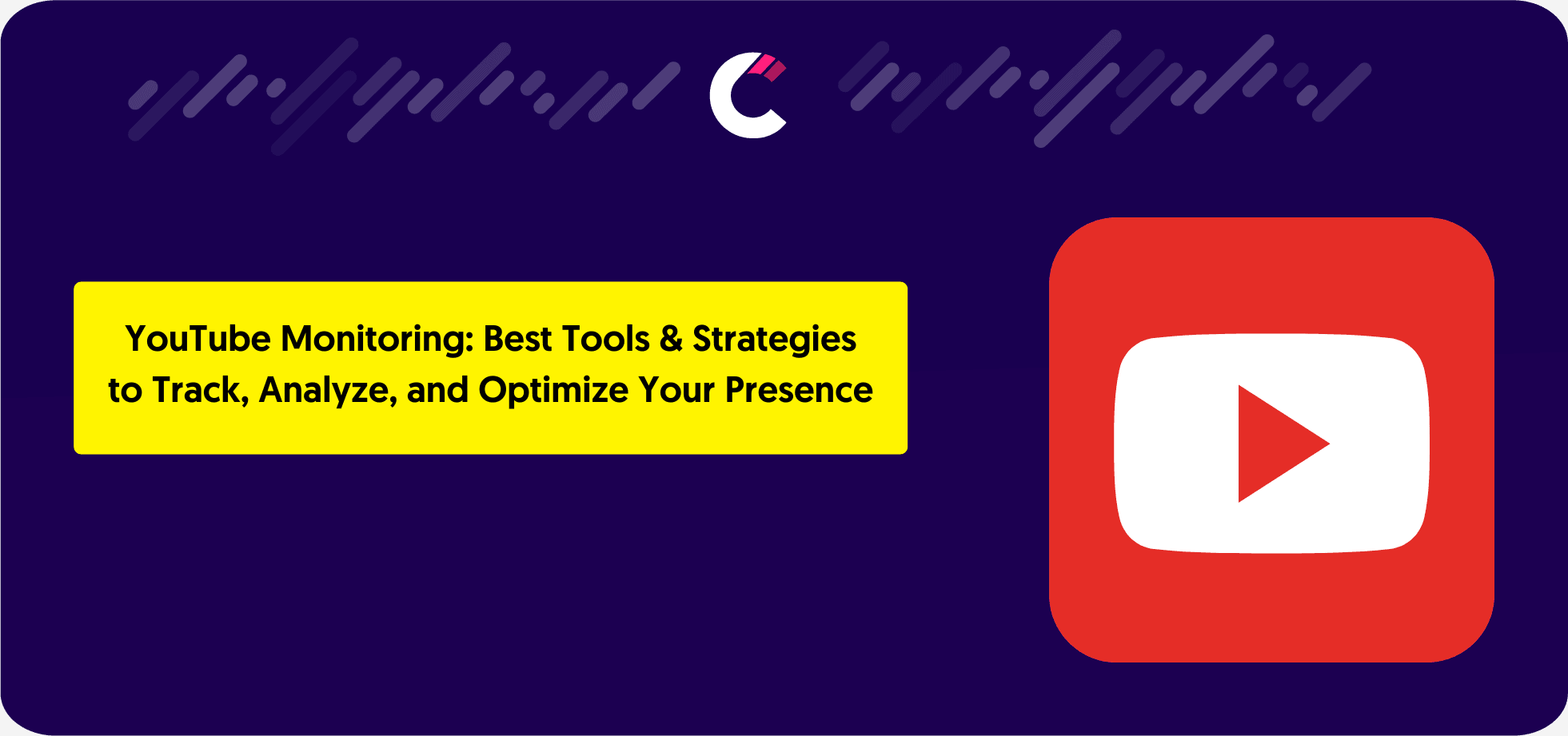A successful product launch can make or break your business. To give your product the best possible start, a product launch marketing plan is essential. This guide walks you through the key steps, components, and best practices for crafting a marketing plan that builds momentum, resonates with your audience, and achieves your goals.
What is a Product Launch Marketing Plan?
A product launch marketing plan is a detailed strategy designed to introduce a new product to the market effectively. It’s not just about announcing your product—it’s about positioning it for success, generating interest, and driving sales during and after the launch.
This plan differs from a general product marketing plan in that it focuses on creating buzz and building momentum within a specific time frame. While ongoing marketing plans aim for long-term growth and brand awareness, a product launch marketing plan is action-oriented and time-sensitive, delivering immediate impact to ensure the product’s success.
Why is a Product Launch Marketing Plan Important?
A well-structured plan offers more than just a roadmap; it significantly improves the chances of your product’s success. Here’s why it matters:
Increased Chances of Reaching Your Target Market
By targeting the right audience through tailored messaging and marketing channels, your product launch can achieve higher engagement rates and sales. A clear plan ensures your product reaches the people most likely to buy it.
Minimized Risk of Product Failure
Without a solid plan, you risk wasting resources on strategies that don’t work. A data-driven marketing plan reduces the likelihood of missteps by focusing on proven tactics and thorough research.
Generating Leads and Building Buzz
Pre-launch campaigns create anticipation and excitement. Techniques like teaser campaigns, email waitlists, and social media reveals help you capture early leads and drive initial demand.
Securing Investors and Partnerships
A comprehensive marketing plan shows stakeholders that you’re prepared for success. Whether you’re pitching to investors or forming partnerships, your plan demonstrates a clear path to profitability and market fit.
Phases of a Product Launch Plan
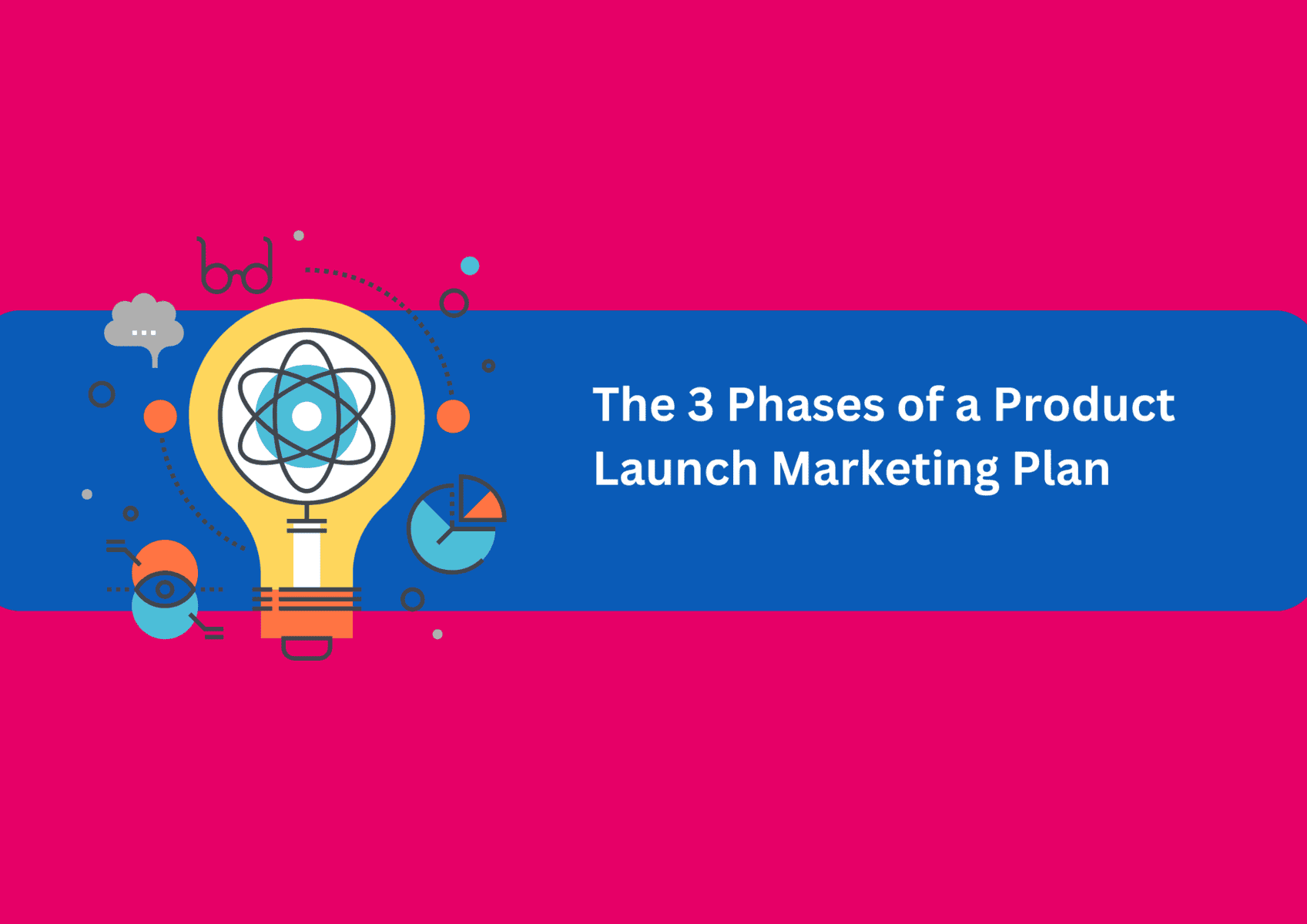
A product launch typically unfolds in three phases: pre-launch, launch, and post-launch. Each phase requires distinct strategies to build and maintain momentum.
1. Pre-Launch Stage: Research and Strategy
This phase lays the foundation for your launch. It involves understanding your audience, refining your product, and preparing your marketing materials.
- Market Research and Audience Insights: Identify your target audience and learn about their needs, preferences, and behaviours. Use surveys, focus groups, or analytics tools to gather valuable insights.
- Competitor Analysis with Competitors App: Study your competitors’ strengths and weaknesses to find your unique positioning. Competitors App simplifies this process by providing real-time insights into competitor strategies.
- Roadmap Development and Timeline Creation: Develop a detailed roadmap outlining milestones, marketing campaigns, and deadlines. A clear timeline ensures everyone stays aligned and on track.
2. Launch Stage: Execution and Rollout
The launch phase is about creating maximum visibility and engagement.
- Messaging and Marketing Campaigns: Craft compelling, consistent messaging that highlights your product’s unique value. Launch campaigns that communicate this across all channels.
- Digital Marketing Channels: Social Media, Email, and Paid Ads: Use a mix of organic and paid strategies to reach your audience. Social media builds buzz, email marketing nurtures leads, and paid ads drive conversions.
- Go-To-Market Strategy and Pricing: Finalise your pricing strategy and distribution plans. Offer limited-time promotions to encourage early adoption.
3. Post-Launch Stage: Feedback and Retention
After the launch, your focus should shift to maintaining momentum and improving your product.
- Customer Feedback Collection and Analysis: Gather reviews, conduct surveys, and monitor social media to understand how your product is performing.
- Tracking KPIs for Engagement and Sales: Analyse metrics like conversion rates, retention rates, and customer acquisition costs to measure your launch’s success.
- Retention Strategies: Use loyalty programs, exclusive updates, and personalised communications to retain customers and build long-term relationships.
How to Structure a New Product Marketing Plan
A Simple 5-Step Approach
- Identify User Needs: Understand your audience’s pain points and how your product addresses them.
- Develop a Unique Selling Proposition (USP): Highlight what sets your product apart.
- Conduct Beta Testing: Test your product with a select group to gather actionable feedback.
- Adopt Omnichannel Marketing: Reach your audience across multiple platforms for maximum impact.
- Collect Feedback and Refine Strategy: Continuously improve based on feedback and performance data.
Leveraging the RACE Framework
The RACE framework (Reach, Act, Convert, Engage) offers a structured approach to planning:
- Reach: Build awareness through digital ads, SEO, and PR.
- Act: Engage audiences with interactive campaigns and valuable content.
- Convert: Drive sales with optimised landing pages and seamless payment options.
- Engage: Retain customers with personalised experiences and loyalty programs.
Key Components of a Successful Product Launch Plan
Market Research and Target Audience
Knowing your audience is critical. Research their needs and preferences to craft messaging that resonates.
Crafting Your Product’s Value Proposition
Your value proposition should clearly communicate why your product is unique and worth purchasing.
Omnichannel Marketing Strategy
Use a combination of:
- Social Media: Build a community and spark conversations.
- Content Marketing: Educate your audience through blog posts, videos, and guides.
- Paid Advertising: Drive quick results with targeted campaigns.
Budget Planning and Resource Allocation
Allocate resources to key areas like advertising, production, and analytics. Regularly track expenses to stay within budget.
Best Practices for a Seamless Product Launch
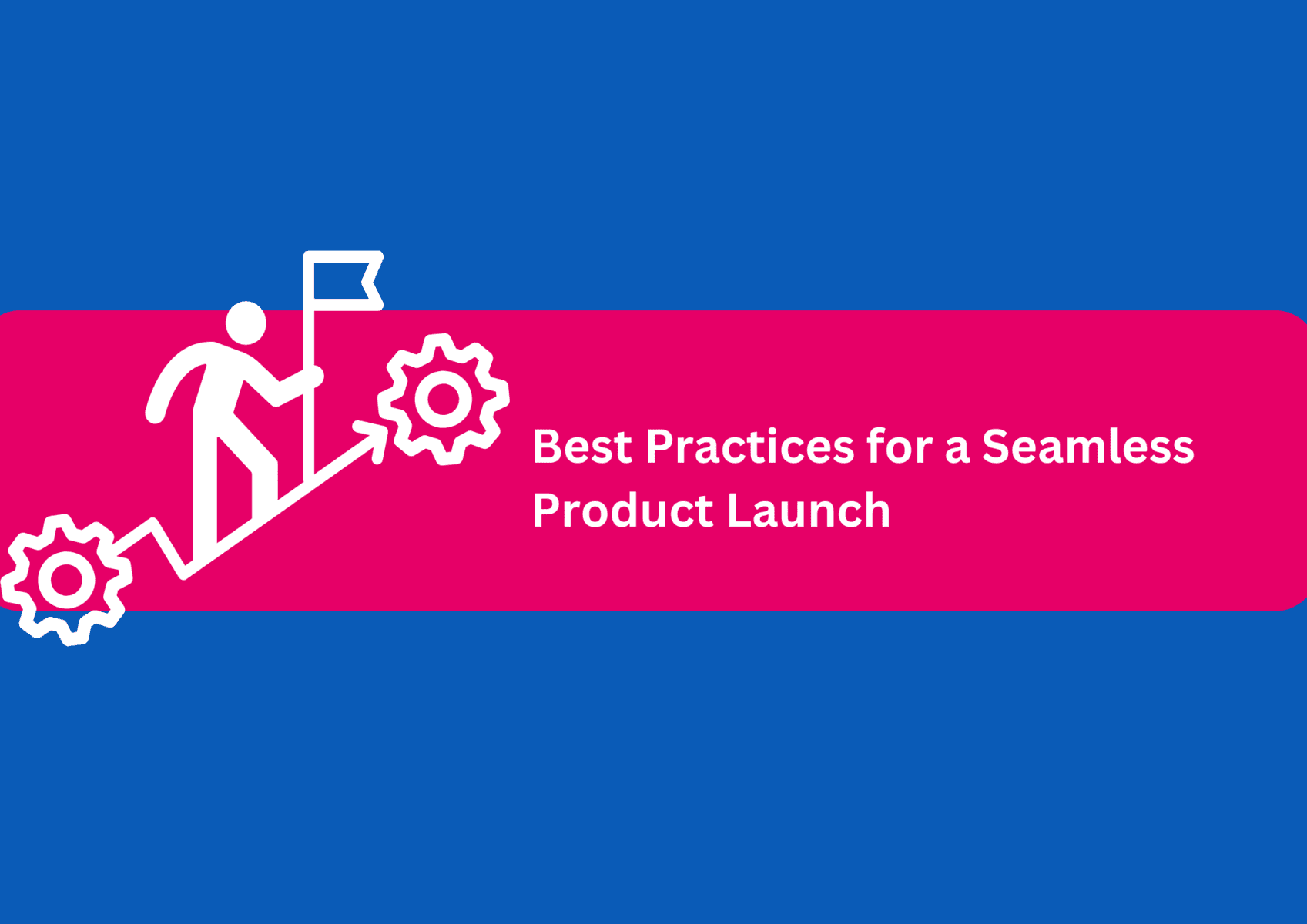
Executing a product launch is a complex process, but following best practices can significantly improve your chances of success. These tried-and-tested strategies help you avoid common pitfalls while maximising impact.
Beta Testing and Customer Feedback Loops
Testing your product with a select audience before launch is crucial. This phase allows you to identify potential issues, gather feedback, and make necessary improvements.
- How to Conduct Beta Testing: Offer access to a limited group of users and track their experiences.
- Benefits: Early adopters can provide valuable insights while helping build initial buzz.
A/B Testing Marketing Messages
Testing different variations of your marketing messages ensures you’re using the most effective approach.
- How to A/B Test: Experiment with headlines, email content, or ad visuals to determine what resonates best.
- Outcome: Higher engagement rates and better campaign performance.
Building Pre-Launch Excitement
Creating anticipation before your launch is essential to capturing attention early.
- Strategies: Use teaser campaigns, countdowns, and sneak peeks on social media to generate buzz.
- Tools: Social media platforms, email marketing, and influencer collaborations can amplify your efforts.
Cross-Functional Team Collaboration
A successful product launch requires input from various departments, including marketing, sales, and product teams.
- How to Collaborate Effectively: Schedule regular check-ins and use project management tools like Asana or Trello.
- Benefit: Streamlined communication ensures everyone is aligned and working toward shared goals.
Post-Launch Performance Analysis
Evaluating your launch’s success is just as important as executing it.
- Metrics to Track: Conversion rates, customer retention, and ROI on marketing spend.
- Continuous Improvement: Use insights from performance analysis to refine your strategy for future launches.
Examples of Product Launch Marketing Plans
Real-world examples offer valuable insights into how companies execute their product launches. Whether targeting consumers or businesses, these case studies showcase effective strategies and lessons learned.
B2C Product Launch Example: Gaming
A gaming company launched a new console by combining influencer marketing with immersive storytelling campaigns.
- Key Features of the Plan:
- Early access to popular streamers for beta testing.
- Countdown teasers on social media.
- A launch event streamed globally to millions.
- Outcome: The console sold out within 48 hours of its release due to high anticipation and strategic marketing.
B2C Product Launch Example: Security
A home security brand introduced a new product line with a focus on consumer education.
- Key Features of the Plan:
- Informational webinars highlighting the product’s unique features.
- Partnerships with real estate agents to reach new homeowners.
- Special launch discounts for early buyers.
- Outcome: The launch generated high engagement, with a significant increase in website traffic and sales.
B2B Product Launch Example: SaaS
A SaaS company rolled out its new analytics platform targeting mid-sized enterprises.
- Key Features of the Plan:
- Personalised email campaigns offering demos.
- Integration of customer case studies into marketing content.
- Targeted LinkedIn ads to reach decision-makers.
- Outcome: The company achieved a 30% increase in subscriptions within the first quarter.
Real-World Case Studies
Acura: Luxury Meets Exclusivity
When launching a new model, Acura leveraged experiential marketing to captivate its audience. The company organised exclusive test drive events at high-profile locations, such as luxury resorts and auto shows, where potential customers could experience the vehicle firsthand. This approach wasn’t limited to showcasing the car’s features; Acura created a premium experience that aligned with its brand image.
- What Worked: The exclusivity of these events reinforced Acura’s positioning as a luxury brand. Personalised invitations and curated experiences left a lasting impression on attendees.
- Outcome: These experiential efforts significantly boosted brand awareness and pre-orders, cementing Acura’s presence in the competitive luxury car market.
Harry’s: The Power of Referral Marketing
Harry’s, a razor company, disrupted the grooming industry with its unique product launch strategy. Before officially introducing their razors, they launched a referral campaign that rewarded early customers for inviting their friends. Participants earned perks such as free products or exclusive access to Harry’s services, creating a sense of exclusivity and community.
- What Worked: The referral system was simple, scalable, and highly effective in building a loyal customer base. Harry’s also gained invaluable word-of-mouth exposure, which is often more trusted than traditional advertising.
- Outcome: Over 100,000 customers signed up before the launch, ensuring Harry’s started with a strong customer base and immediate demand.
Mondelēz: Regionalised Campaigns with Influencer Marketing
Mondelēz, a global snack brand, tailored its product launch campaigns to resonate with specific regional audiences. By partnering with local influencers, the company created campaigns that highlighted cultural preferences and behaviours. For example, their campaigns in Southeast Asia focused on vibrant visuals and snack pairings popular in the region, while campaigns in Europe centred on premiumisation and health-conscious messaging.
- What Worked: The use of local influencers made the campaigns more relatable and credible to their target audiences. Additionally, Mondelēz utilised social media trends specific to each region, ensuring their products stayed relevant and engaging.
- Outcome: The strategy resulted in widespread social media engagement, higher-than-expected sales, and increased brand loyalty in key markets.
Frequently Asked Questions
What Should a Product Launch Marketing Plan Include?
A comprehensive product launch marketing plan should cover every stage of the launch, from pre-launch to post-launch. Key elements include:
- Target Audience Research: Clearly define who your product is for and what their needs are.
- Value Proposition: Articulate what makes your product unique and valuable.
- Marketing Channels: Outline which platforms and strategies you’ll use, such as social media, email, or paid ads.
- Timeline and Roadmap: Include a step-by-step guide with key milestones for each phase.
- KPIs and Metrics: Determine how you’ll measure success, including sales, engagement rates, or website traffic.
Having these elements ensures your plan is actionable, clear, and adaptable to potential challenges.
How Can You Measure the Success of a Product Launch?
The success of a product launch can be measured through carefully selected metrics, including:
- Sales Performance: Compare your sales figures against projected goals during the launch period.
- Engagement Metrics: Track clicks, shares, likes, and comments on marketing materials.
- Customer Acquisition Cost (CAC): Evaluate how much it cost to acquire each new customer during the launch.
- Customer Feedback: Assess feedback from reviews, surveys, and social media comments to gauge satisfaction.
- Retention Rates: Measure how many first-time customers return for repeat purchases.
These metrics provide a well-rounded picture of your launch’s impact and areas for improvement.
What Are the Differences Between a Product Launch Plan and a Marketing Plan?
While both plans are essential for a business, they serve different purposes:
- Product Launch Marketing Plan: Focuses on short-term goals to introduce a product successfully. It includes strategies for creating buzz, building momentum, and achieving initial sales.
- General Marketing Plan: Covers long-term objectives, such as brand growth, audience engagement, and overall marketing efforts across multiple products or services.
The key difference is that a product launch plan is time-sensitive and tactical, while a general marketing plan is ongoing and strategic.
